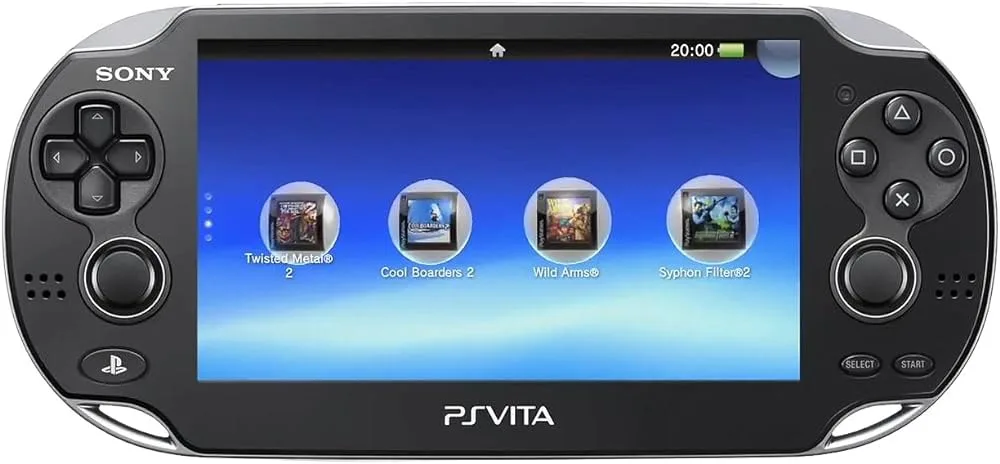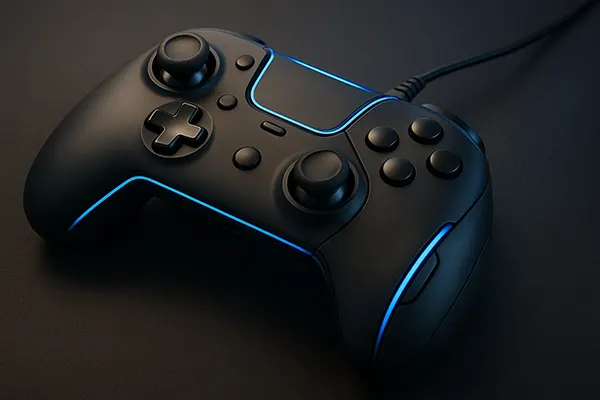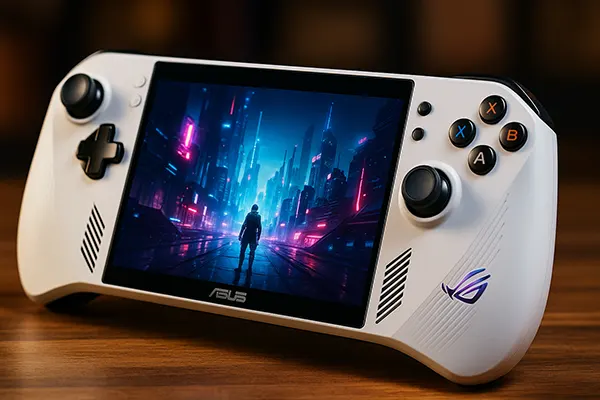
Review of the PlayStation Vita Handheld Game Console
The PlayStation Vita, Sony’s ambitious handheld gaming console, was launched in 2011 as the successor to the popular PlayStation Portable (PSP). Marketed as a device for “console-quality” gaming on the go, the Vita aimed to deliver a high-powered experience comparable to home gaming systems. Although the Vita faced stiff competition from smartphones and other handheld devices, it garnered a dedicated following thanks to its innovative features and expansive game library.
Specifications of PlayStation Vita
The PlayStation Vita boasted impressive hardware for a handheld device. It was powered by a quad-core ARM Cortex-A9 MPCore processor, complemented by a quad-core PowerVR SGX543MP4+ GPU, making it capable of handling visually complex games. The Vita featured a 5-inch OLED multi-touch display with a resolution of 960 x 544 pixels, offering vibrant colors and sharp visuals. It had 512 MB of RAM and 128 MB of VRAM, ensuring smooth multitasking and gaming performance.
Additionally, the Vita came equipped with dual analog sticks, a rarity for handheld consoles, which enhanced control precision for various genres, especially shooters and action games. The console also included a front and rear camera, built-in microphone, and motion sensors, enabling a range of gaming interactions beyond standard button controls.
Gaming Features of PlayStation Vita
The PlayStation Vita’s gaming capabilities set it apart from its competitors. One of the standout features was its ability to play both physical game cartridges and digital titles through the PlayStation Store. This hybrid approach offered flexibility for users who preferred physical media or digital downloads.
The Vita was also backward-compatible with many PlayStation Portable titles, giving it an extensive library right from the start. Moreover, cross-play functionality allowed players to continue their gaming sessions on PlayStation 3 and PlayStation 4 consoles, a feature that attracted gamers looking for seamless transitions between devices.
The console’s integration with PlayStation Network enabled users to download games, demos, and apps, as well as connect with friends through online multiplayer gaming. The Vita also supported PlayStation Plus, which offered free games and discounts to subscribers.
Features of PlayStation Vita
Sony packed the PlayStation Vita with a plethora of features that went beyond just gaming. It offered access to apps like YouTube, Netflix, and social media platforms, turning it into a multimedia device. The console’s front and rear cameras allowed for augmented reality (AR) gaming experiences, adding an extra dimension to gameplay.
One of the Vita’s unique attributes was its rear touchpad, which introduced innovative control schemes in certain games. This feature, while novel, was underutilized by developers, leaving its potential largely untapped.
In terms of connectivity, the Vita came in Wi-Fi-only and 3G models, providing users with different options depending on their online gaming and browsing needs. The system also featured Bluetooth support, allowing users to connect external devices like headsets for a more immersive experience.

Advantages and Disadvantages of PlayStation Vita
Advantages:
- Powerful Hardware: The Vita’s specs made it one of the most powerful handheld gaming devices at the time, capable of delivering stunning visuals and smooth gameplay.
- Cross-Platform Play: The ability to play PlayStation 3 and 4 titles via cross-play was a significant advantage, making the Vita a companion device for home consoles.
- Extensive Game Library: With backward compatibility and support for indie titles, the Vita’s game selection was vast, catering to various tastes and preferences.
Disadvantages:
- Limited Developer Support: One of the Vita’s major downfalls was the lack of developer support. Despite its powerful hardware, many third-party developers did not prioritize the platform, leading to a smaller selection of AAA games.
- Expensive Proprietary Memory Cards: Sony’s decision to use proprietary memory cards was widely criticized. These cards were expensive, and their high cost was a deterrent for many potential buyers.
- Underutilized Features: Some of the Vita’s features, such as the rear touchpad and cameras, were not fully leveraged by developers, limiting their practical value in gaming.
PlayStation Vita Alternatives
Several handheld gaming consoles emerged as alternatives to the PlayStation Vita, each with its strengths and weaknesses:
- Nintendo 3DS: The Vita’s most direct competitor, the Nintendo 3DS, offered a robust library of first-party games and unique 3D capabilities without requiring glasses. Despite its lower graphical power compared to the Vita, the 3DS outsold the Vita, largely due to its strong lineup of exclusive games like Pokémon and Super Mario.
- Nintendo Switch: Released after the Vita, the Nintendo Switch became a formidable alternative, combining handheld and home console gaming into one. Its hybrid nature, along with a strong library of first-party and third-party titles, quickly made it a fan favorite.
- Smartphones and Tablets: As mobile gaming grew in popularity, smartphones and tablets became the most significant threat to handheld gaming consoles like the Vita. With the convenience of all-in-one devices and a vast selection of free and paid games, mobile devices offered a competitive alternative.
While the PlayStation Vita may not have reached the commercial success Sony had hoped for, it remains a beloved console among gaming enthusiasts. Its advanced hardware, innovative gaming features, and extensive library of games made it a standout in the handheld gaming market. However, its lack of developer support and high-cost accessories hindered its broader appeal. Despite its flaws, the Vita continues to have a loyal fan base and remains an iconic part of gaming history.





